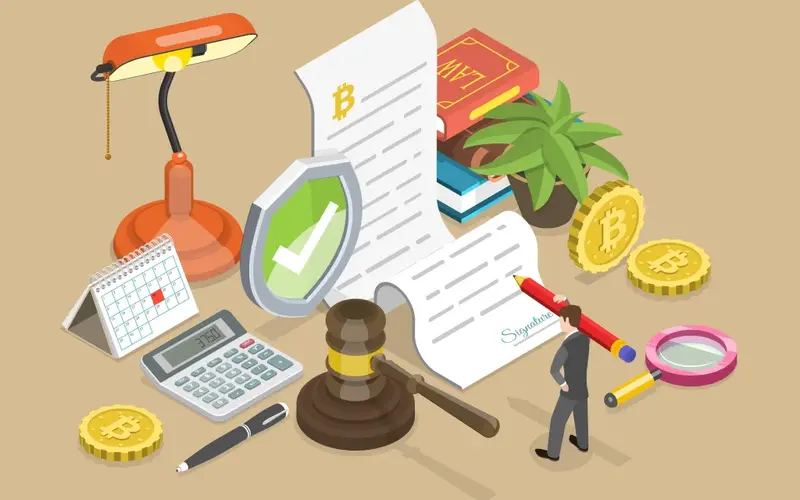
Regulatory uncertainty is a pervasive and persistent challenge for the blockchain ecosystem. The lack of clear, consistent, and global regulatory frameworks creates a climate of unpredictability that hinders innovation, scares away institutional capital, and puts both projects and users at risk.
The Core Problem: A Patchwork of Laws
The fundamental issue is that different jurisdictions, and even different regulatory bodies within the same country, have wildly different approaches to blockchain.
- Asset Classification: A single digital asset can be classified as a security, a commodity, a currency, or something else entirely, depending on the jurisdiction and the specific context of its sale. In the United States, for example, the SEC has largely relied on the Howey Test to determine if a token is a security, leading to numerous enforcement actions against projects that did not register with the agency. This “regulation by enforcement” approach, while providing some precedent, leaves the industry in a state of ambiguity.
- Jurisdictional Conflicts: A blockchain network is global and stateless. This makes it a challenge to apply a single jurisdiction’s laws. If a decentralized protocol is used by people in a dozen different countries, it could be subject to a dozen different and potentially conflicting regulatory frameworks.
- The “Right to be Forgotten”: The decentralized and immutable nature of a public blockchain directly conflicts with regulations like the EU’s GDPR, which grants individuals the “right to be forgotten” and the right to have their personal data erased. This tension remains an open legal question, as it is technologically impossible to erase data from a public blockchain.
The Impact of Regulatory Uncertainty
- Stifled Innovation: The fear of future enforcement actions or the potential for a project’s token to be deemed an illegal security can lead to a “chilling effect” on innovation. Startups and developers may choose to build in more crypto-friendly jurisdictions, leading to a “brain drain” of talent and investment.
- Barriers to Institutional Adoption: Traditional financial institutions, which operate in highly regulated environments, are hesitant to fully embrace blockchain and digital assets due to the lack of clear rules. They need legal certainty regarding asset custody, ownership, and the application of financial laws before they can offer blockchain-based services to their clients. This hesitation has been a significant barrier to mainstream adoption and has slowed the integration of blockchain into the traditional financial system.
- Consumer and Investor Risk: While regulations are often seen as a burden, they are designed to protect consumers and investors. Regulatory uncertainty means that there is a lack of clear rules for consumer protection, and investors may not have a legal framework to seek recourse if they are a victim of fraud or a failed project.
Global Efforts Toward Regulatory Clarity
Regulators and global bodies are increasingly working to create a more consistent and predictable environment.
- FATF and the “Travel Rule”: The Financial Action Task Force (FATF) has provided global guidance that requires virtual asset service providers (VASPs) to collect and share originator and beneficiary information for transactions above a certain threshold. This is a significant step toward a more standardized approach to AML/KYC.
- MiCA in the European Union: The European Union’s Markets in Crypto-Assets (MiCA) regulation is a landmark effort to create a comprehensive legal framework for crypto assets. It is a major step toward providing a clear set of rules for issuers and service providers, and it is expected to foster innovation within the EU while providing a high degree of consumer protection.
- International Collaboration: Global bodies like the Financial Stability Board (FSB) are coordinating with national financial authorities to promote a consistent approach to the regulation of crypto assets, based on the principle of “same activity, same risk, same regulation.”
The path to a mature and widely adopted blockchain ecosystem requires a clear and sensible regulatory framework. While the current environment remains uncertain, the increasing global effort to create clear rules provides a path forward that balances the need for innovation with the fundamental goals of consumer protection and financial stability.



